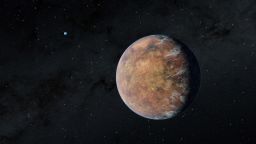Sign up for CNN’s Wonder Theory science newsletter. Explore the universe with news on fascinating discoveries, scientific advancements and more.
Astronomers have detected a repeating radio signal from an exoplanet and the star that it orbits, both located 12 light-years away from Earth. The signal suggests that the Earth-size planet may have a magnetic field and perhaps even an atmosphere.
Earth’s magnetic field protects the planet’s atmosphere, which life needs to survive, by deflecting energetic particles and plasma that stream out from the sun. Finding atmospheres around planets located outside of our solar system could point to other worlds that potentially have the ability to support life.
Scientists noticed strong radio waves coming from the star YZ Ceti and the rocky exoplanet that orbits it, called YZ Ceti b, during observations using the Karl G. Jansky Very Large Array of telescopes in New Mexico. The researchers believe the radio signal was created by interactions between the planet’s magnetic field and the star.
A study detailing the findings was published Monday in the journal Nature Astronomy.
“We saw the initial burst and it looked beautiful,” said lead study author Sebastian Pineda, a research astrophysicist at the University of Colorado Boulder, in a statement. “When we saw it again, it was very indicative that, OK, maybe we really have something here.”
Magnetic fields can prevent a planet’s atmosphere from being diminished and essentially eroded away over time as particles release from the star and bombard it, Pineda said.
How strong radio waves occur
In order for the radio waves to be detectable on Earth, they must be very strong, the researchers said.
“Whether a planet survives with an atmosphere or not can depend on whether the planet has a strong magnetic field or not,” Pineda said.
Previously, researchers have detected magnetic fields on exoplanets similar in size to Jupiter, the largest planet in our solar system. But finding magnetic fields on smaller planets the size of Earth is more difficult because magnetic fields are essentially invisible.
“What we’re doing is looking for a way to see them,” said study coauthor Jackie Villadsen, assistant professor of physics and astronomy at Bucknell University in Pennsylvania, in a statement.
“We’re looking for planets that are really close to their stars and are a similar size to Earth,” she said. “These planets are way too close to their stars to be somewhere you could live, but because they are so close the planet is kind of plowing through a bunch of stuff coming off the star. If the planet has a magnetic field and it plows through enough star stuff, it will cause the star to emit bright radio waves.”
YZ Ceti b only takes two Earth days to complete a single orbit around its star. Meanwhile, the shortest orbit in our solar system is the planet Mercury, which takes 88 Earth days to complete a lap around the sun.
While YZ Ceti b whips around its star, plasma from the star collides with the planet’s magnetic field, bounces off and interacts with the star’s magnetic field. All of these energetic reactions create and release strong radio waves that can be detected on Earth.
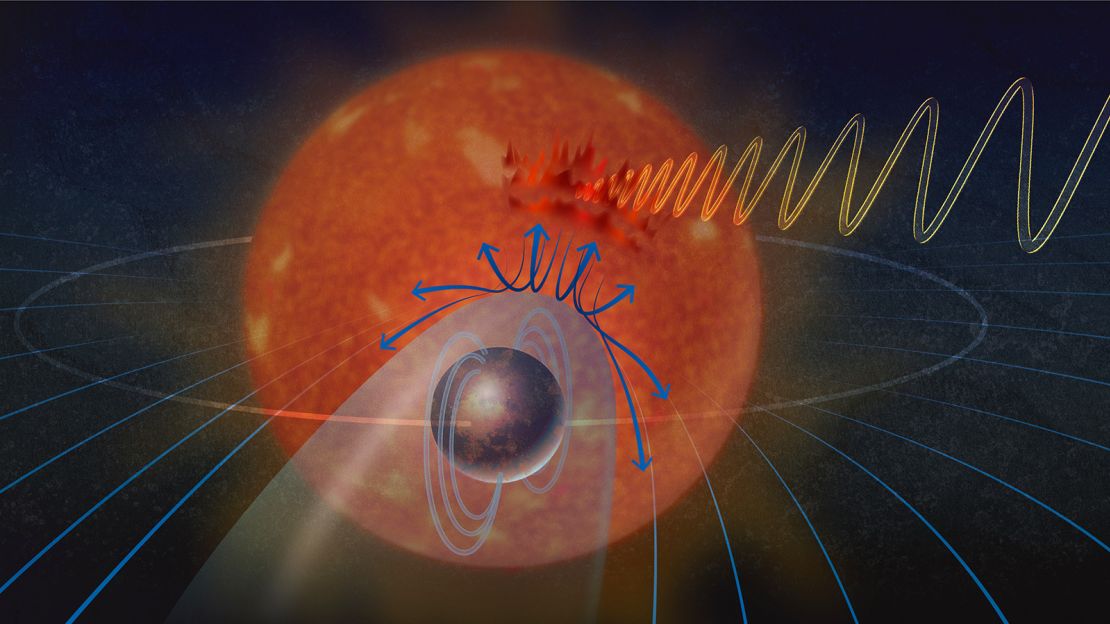
The researchers measured the radio waves they detected to determine the strength of the planet’s magnetic field.
“This is telling us new information about the environment around stars,” Pineda said. “This idea is what we’re calling ‘extrasolar space weather.’”
In our solar system, activity on the sun can create space weather that impacts Earth. Energetic bursts from the sun can disrupt satellites and global telecommunications and cause dazzling light shows near Earth’s poles, like the aurora borealis, or northern lights.
Scientists imagine that the interactions between YZ Ceti and its planet also create an aurora, but this light show actually takes place on the star.
“We’re actually seeing the aurora on the star — that’s what this radio emission is,” Pineda said. “There should also be aurora on the planet if it has its own atmosphere.”
Rocky exoplanet candidate
The researchers think that YZ Ceti b is the best candidate spotted so far for a rocky exoplanet with a magnetic field.
“This could really plausibly be it,” Villadsen said. “But I think it’s going to be a lot of follow-up work before a really strong confirmation of radio waves caused by a planet comes out.”
New radio telescopes preparing to become operational this decade could help astronomers make more detections of signals that suggest magnetic fields, the researchers said.
“The search for potentially habitable or life-bearing worlds in other solar systems depends in part on being able to determine if rocky, Earth-like exoplanets actually have magnetic fields,” said Joe Pesce, program director for the National Radio Astronomy Observatory, in a statement. “This research shows not only that this particular rocky exoplanet likely has a magnetic field but provides a promising method to find more.”













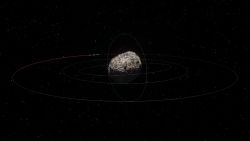


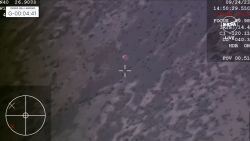

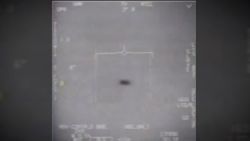

![Based on new evidence from the NASA/ESA/CSA James Webb Space Telescope, this illustration reflects the conclusion that the exoplanet LHS 475 b is rocky and almost precisely the same size as Earth. The planet whips around its star in just two days, far faster than any planet in the Solar System. Researchers will follow up this summer with additional observations with Webb, which they hope will allow them to definitively conclude if the planet has an atmosphere. LHS 475 b is relatively close, 41 light-years away, in the constellation Octans. [Image Description: Illustration of a planet and its star on a black background. The planet is large, in the foreground at the centre, and the star is smaller, in the background and also at the centre. The planet is rocky. The top quarter of the planet (the side facing the star) is lit, while the rest is in shadow. The star is bright yellowish-white, with no clear features.]](https://media.cnn.com/api/v1/images/stellar/prod/230111134727-01-james-webb-space-telescope-exoplanet-confirmation.jpg?c=16x9&q=h_144,w_256,c_fill)
